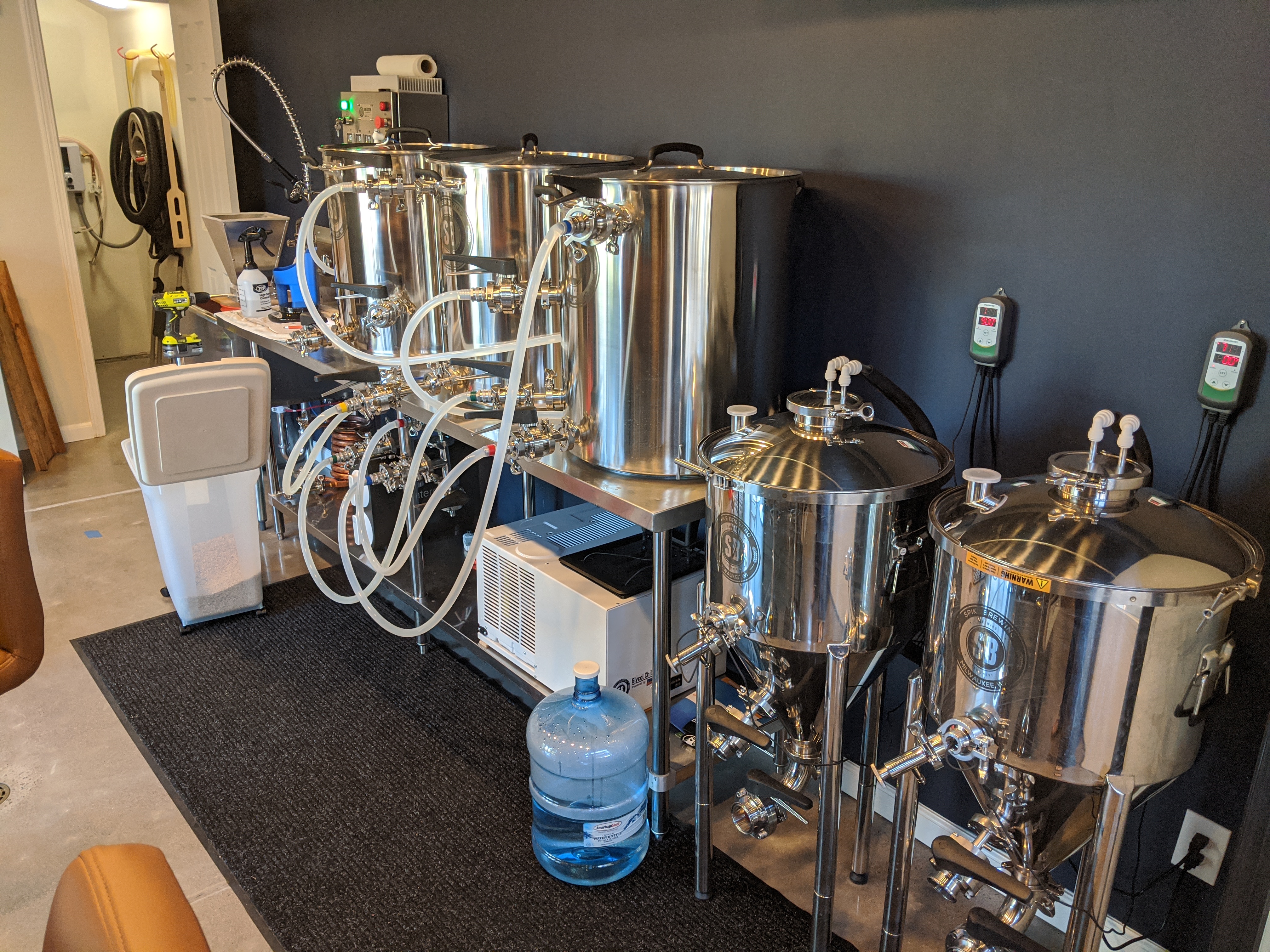So they say "hand tight". Can I crank it until it's very hard to turn by hand without destroying the ring? The leak is coming from the back corner of the lid which is 180 degrees away from the part I'm hand tightening.
Update: I turned it until it was getting hard to turn by hand and then added pressure again. At 13psi it started to leak but I could hear some buckling as if the seal was adjusting. It's holding at 12-13psi so that's good enough for me. (Thank you for the tip!) It's much tighter than I would have expected. Still hand tight but I turned it until it was getting hard to tighten.
I also found that, just like a barrel ring, tapping around it in a circle with a rubber mallet on a cloth (fairly gently don't dent anything), helped me distribute the pressure more evenly and I got another full turn out of the closure bolt. I've had zero issues with sealing










![Craft A Brew - Safale BE-256 Yeast - Fermentis - Belgian Ale Dry Yeast - For Belgian & Strong Ales - Ingredients for Home Brewing - Beer Making Supplies - [3 Pack]](https://m.media-amazon.com/images/I/51bcKEwQmWL._SL500_.jpg)


















































